Industry
Located on the left bank of the Trubia river, in the Peñas Juntas gorge, the Proaza power plant was built between 1964 and 1968. Joaquín Vaquero Palacios was responsible for the entire design, including the architectural project, the sculptural reliefs, the interior wall paintings, the shells for the electrical appliances and the furniture.
The façades of the power station are particularly interesting, as they were designed in a monumental style. The prismatic volume, built with a structure made up of large supports and beams for the overhead crane, is covered by a folding of fair-faced concrete laminated pieces. The enclosure with the brutalist tone of the sharp concrete facets, arranged in an uneven and developable surface with emphatic chiaroscuro effects, generates a powerful sensation of movement.
On one of the rear walls there is a large sculptural panel. It is made up of sixteen concrete high reliefs that have been anchored and embedded in the wall. These reliefs contain schematic representations of signs that relate man and nature. Inside, six paintings on wooden panels synthetically recreate different elements related to electricity. A large mural dominates the control room and depicts a magnetic field.
As he did in other integration works, Vaquero Palacios reuses materials used in construction, such as remains of railways and pipes, in order to make reliefs and sculptures. The staircase that gives access to the alternators is made of steel, and the handrails are made from the copper used for the high-power lines. The artist was also responsible for the design of the casing for the alternators, and of the furniture of the control panel, including tables, cabinets, lamps, desks and other devices. Nothing is left to chance; function and beauty are harmoniously integrated resulting in a complete work of art.
Natalia Tielve García

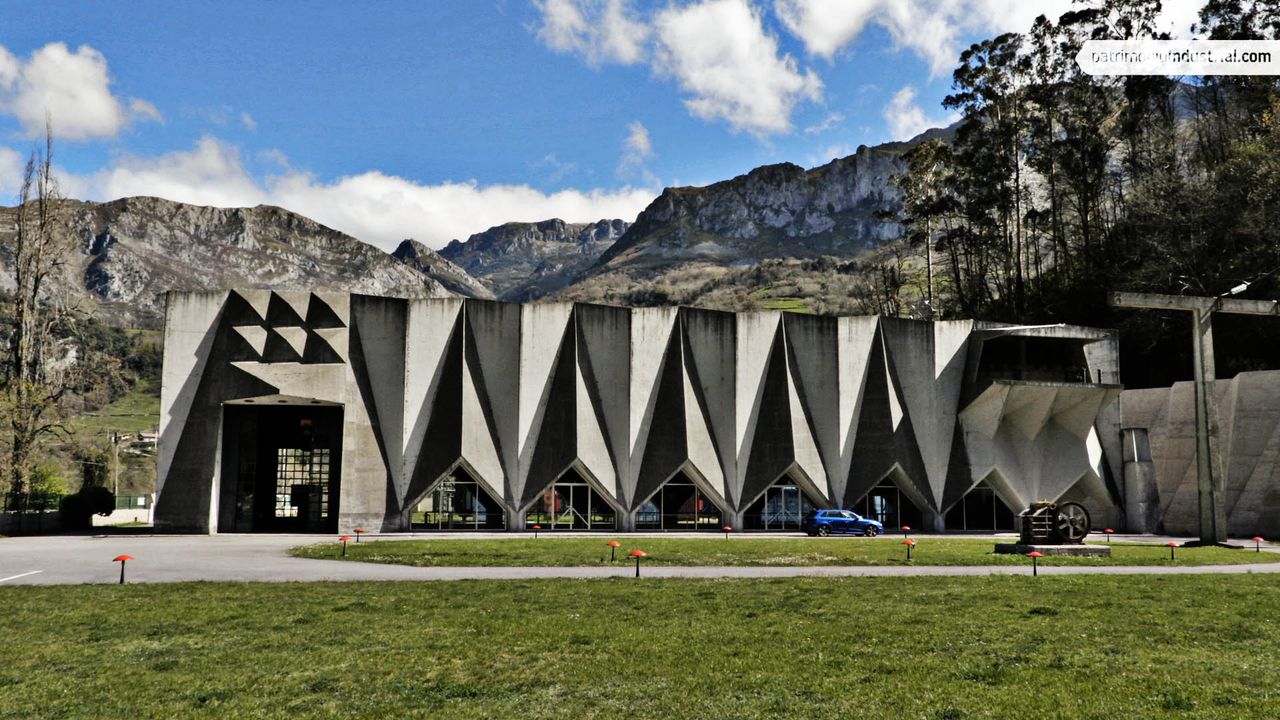

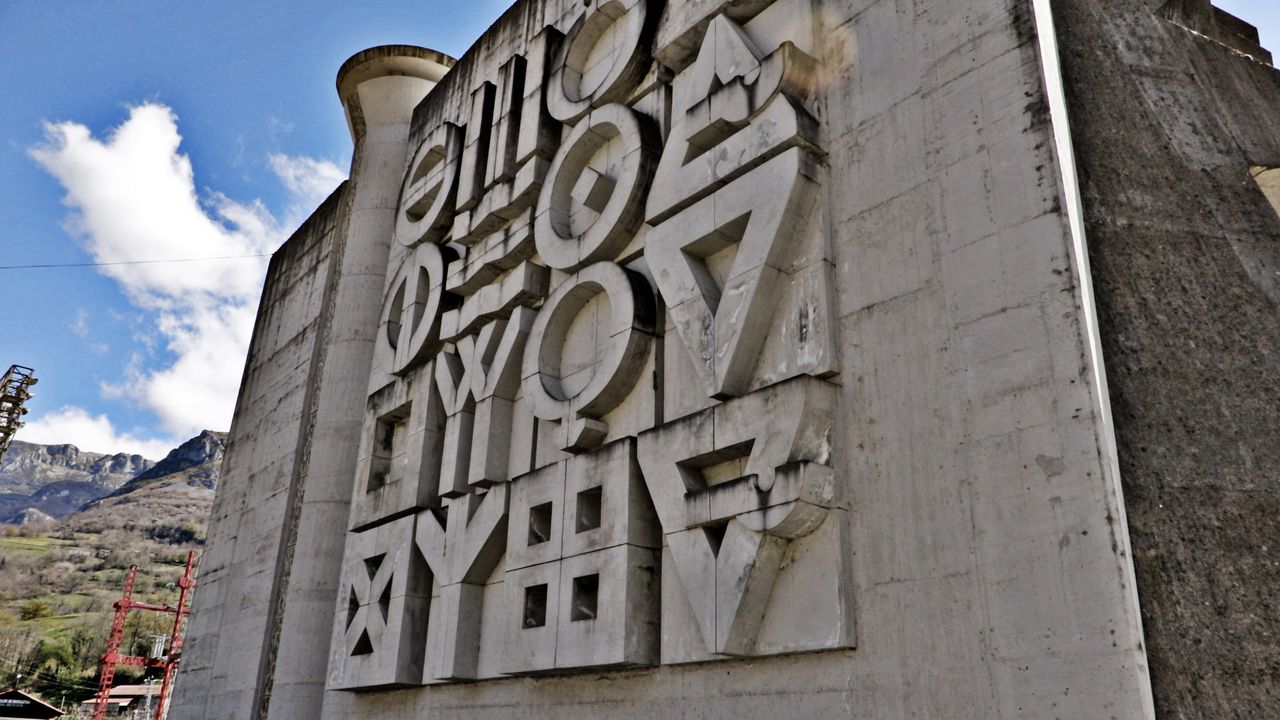
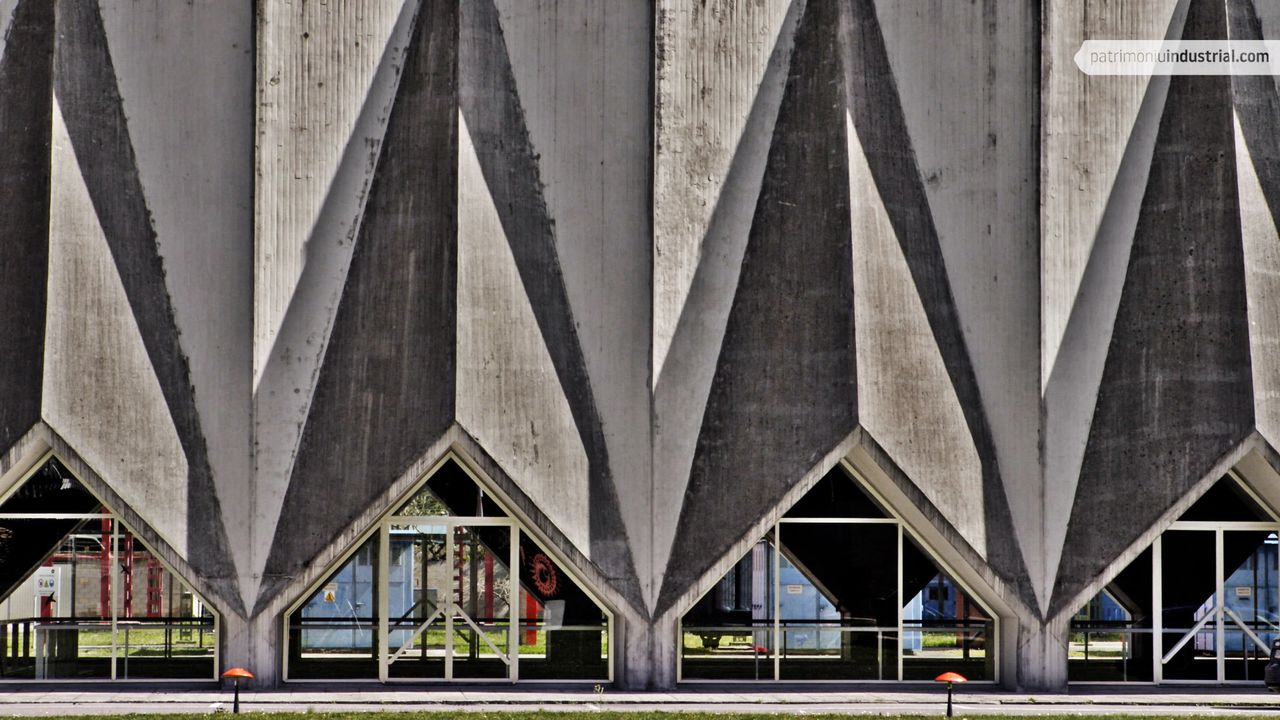
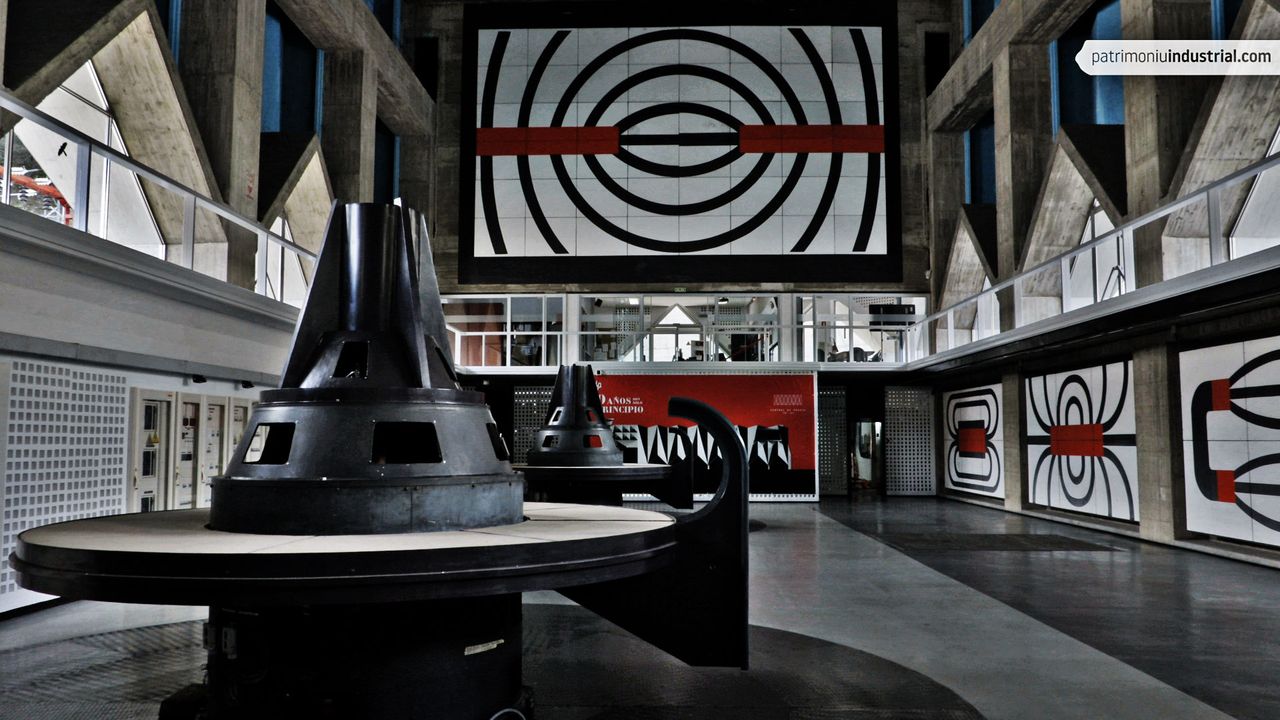

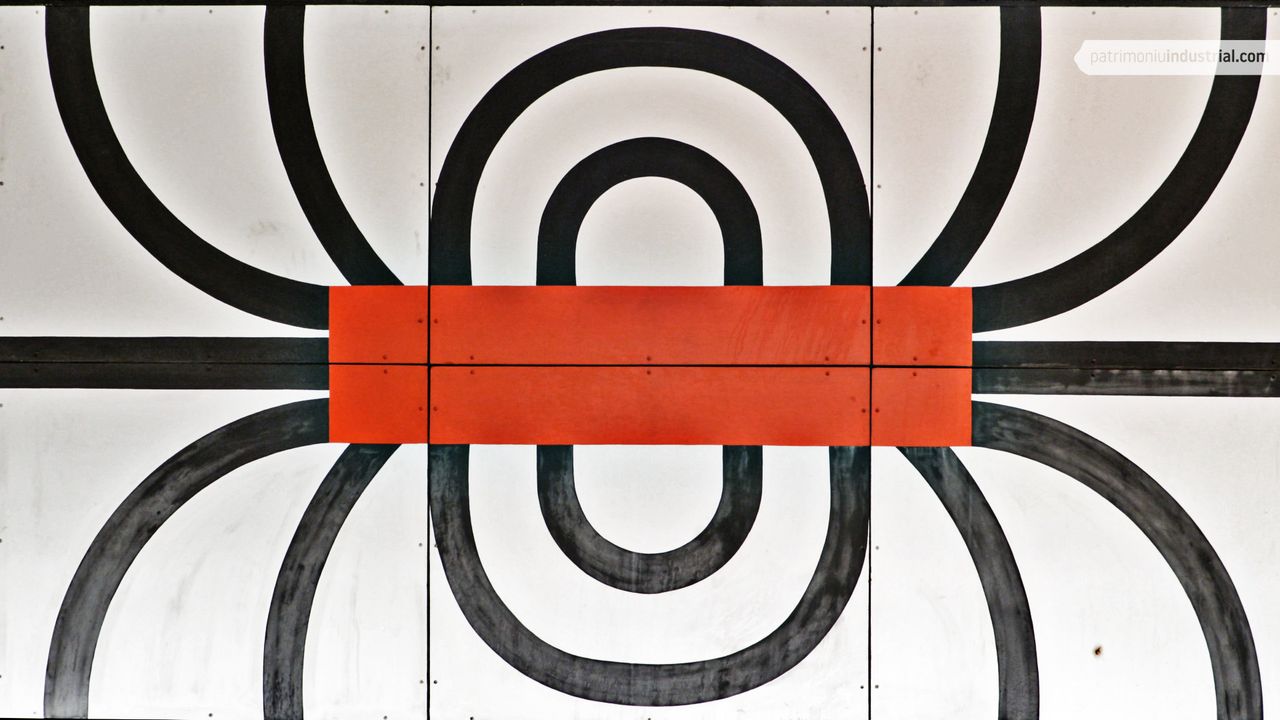
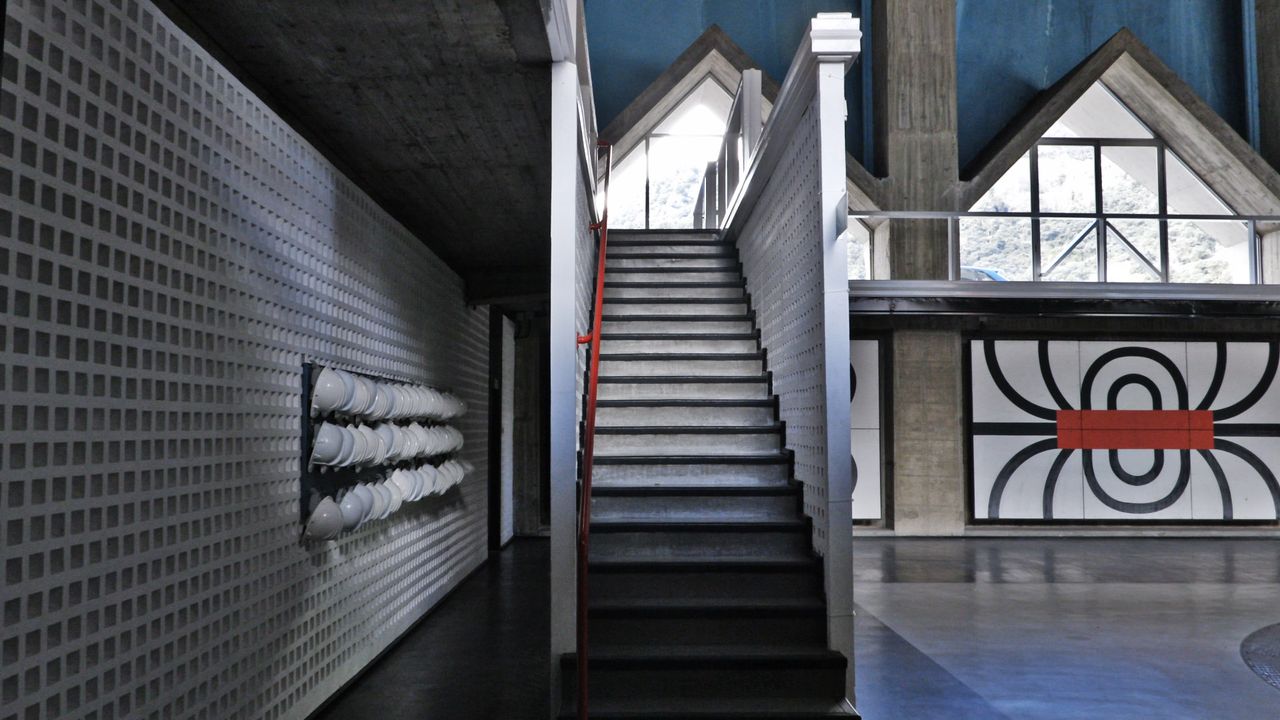
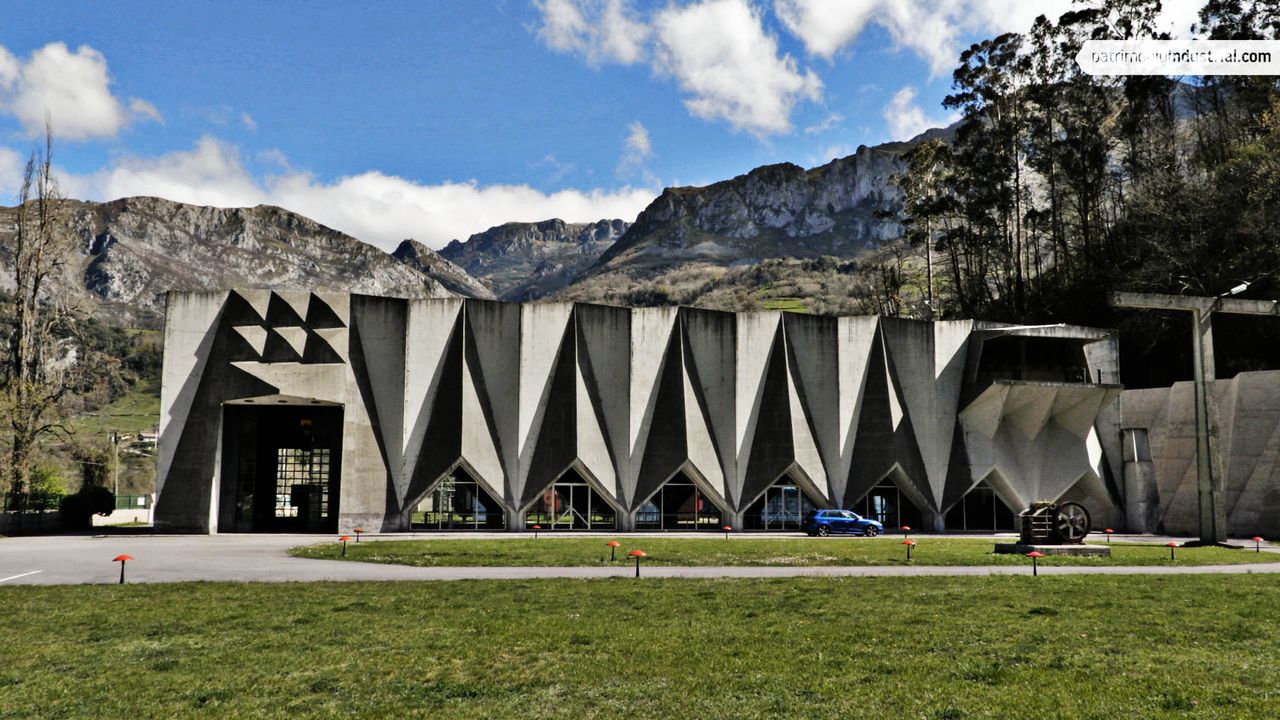
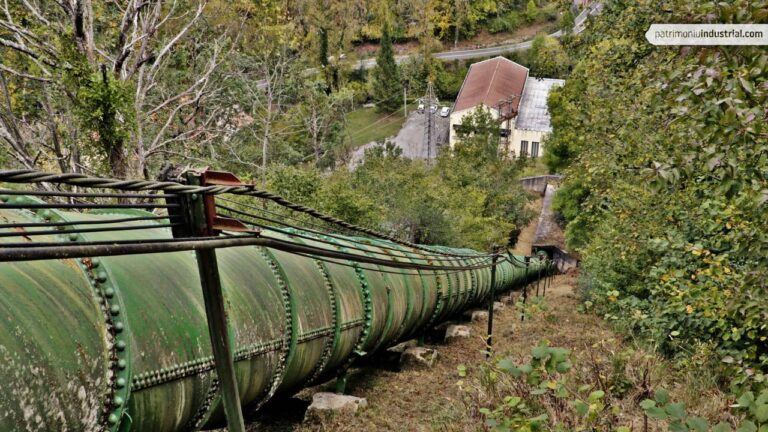

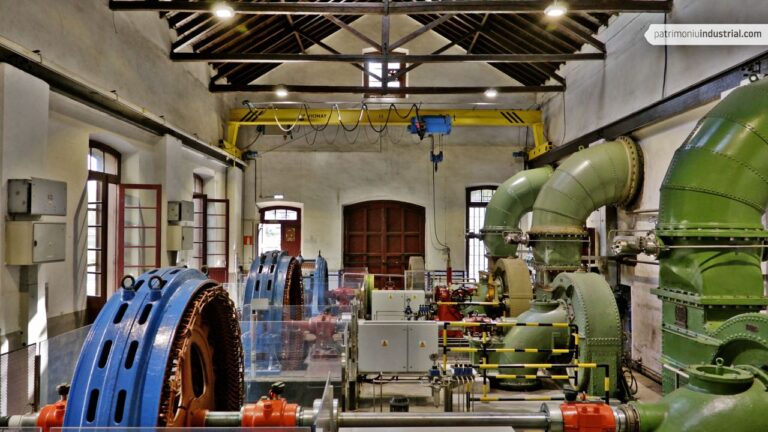

Recent Comments